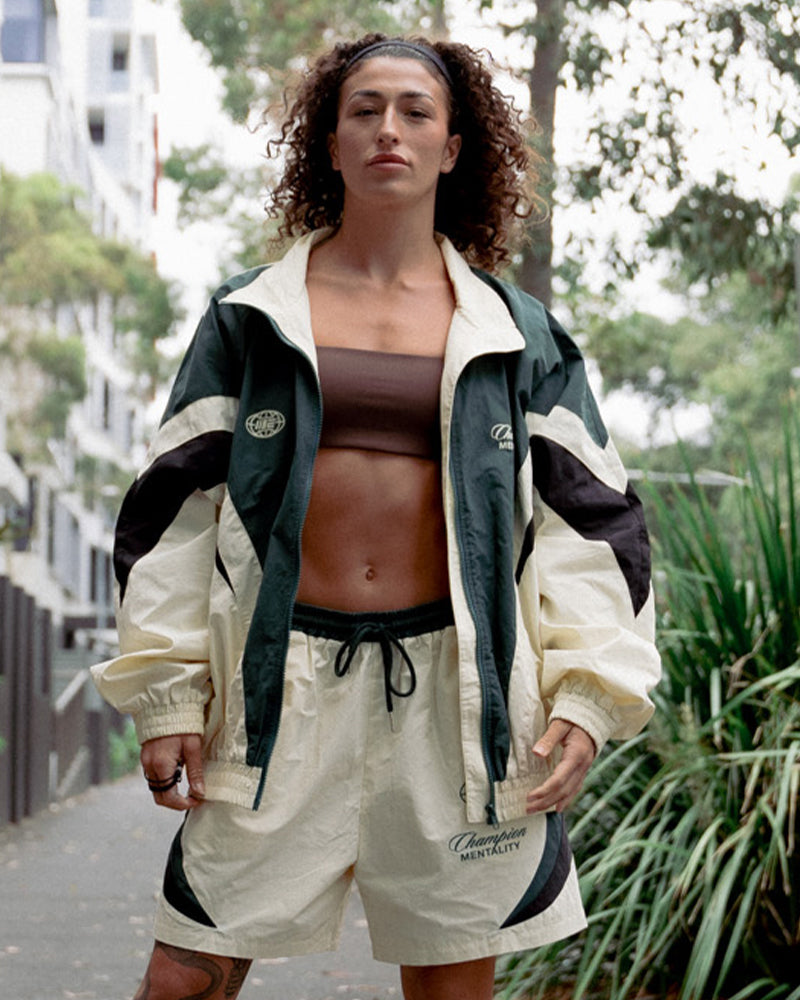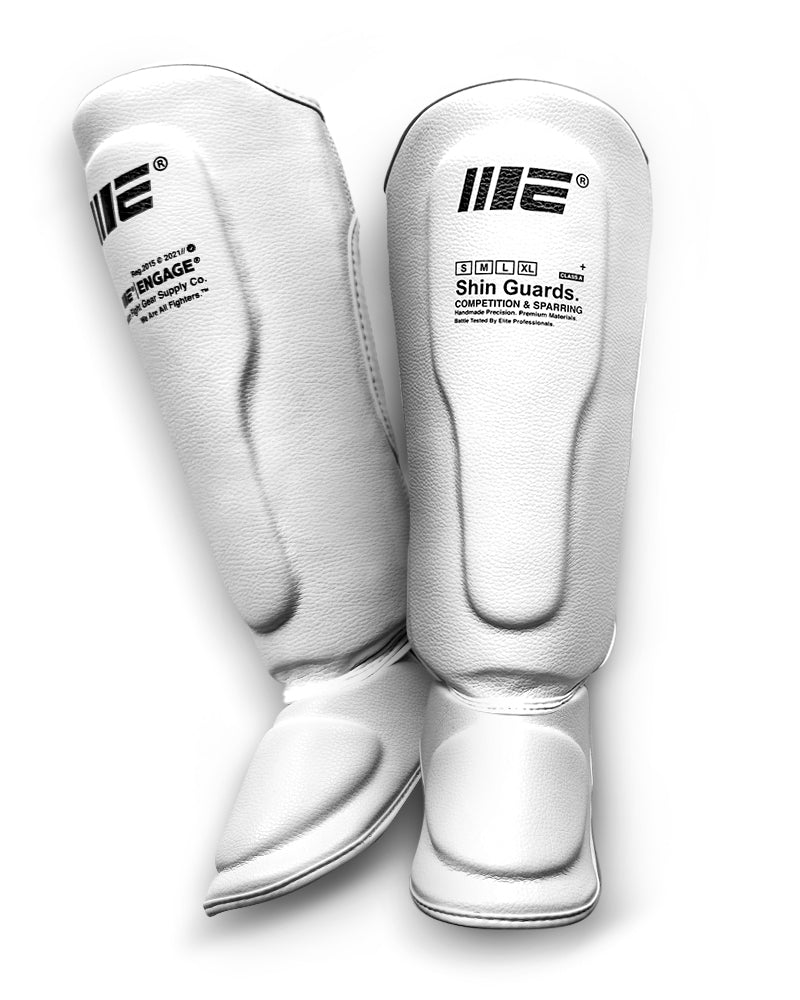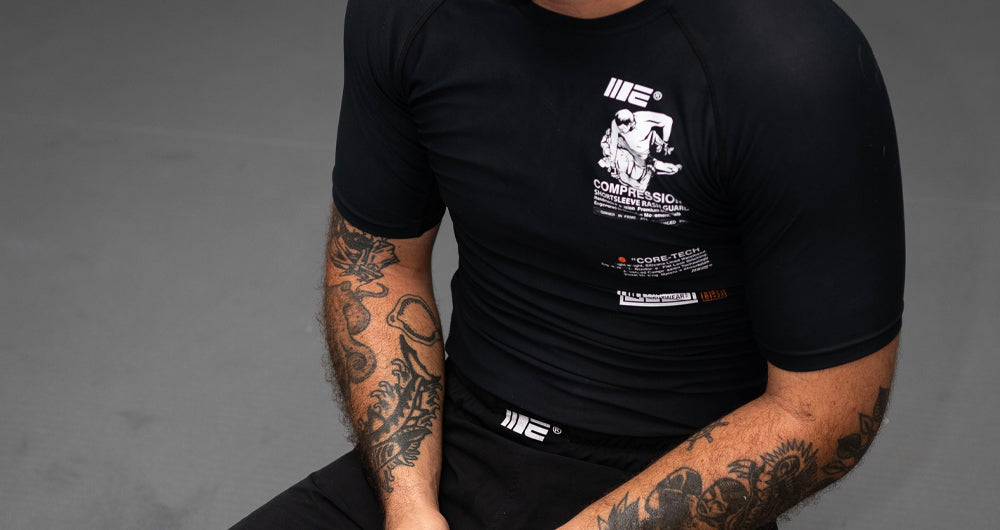When it comes to Fight Week the focus switches to strategies to artificially reduce this remaining 8% of the weight. I say artificially as this is not weight loss via reduced fat mass but manipulating fluid in different parts of the body. For Brad, we utilized a water loading protocol, glycogen (stored carbohydrate in the muscle and liver) reduction, elimination of fibrous foods and a moderate sodium reduction.
By using these strategies, we were able to come within 3.5% of the contracted Fight Weight. This is done by removing water that is stored in the muscles, emptying the gut of any fibrous content, and reducing salt in the body to stop any unnecessary water retention. It is important to note that although the weight is reducing, Brad was eating a high-calorie diet that was dense in healthy fats and protein and having carbohydrates before and after his training, not starving himself all week.
The morning of Weigh-Ins is when we conducted our acute dehydration protocol (water cut) to remove the remaining 3% of body weight. This weight was to be lost entirely through sweating. This is also an important point to highlight. Many fighters make the mistake of sweating out a much larger percentage of their body weight in order to make weight. I cannot emphasize enough how dangerous this is and how much risk this can put on your body.
This is also why it is important to adequately assess Total Body Water. We often talk about how much weight we dehydrate in terms of % body weight. What is really important is the % of total body water that we lose. The average person can tolerate a total body water loss of 3-4% without any adverse health effects, 5-8% can cause fatigue, and over 10% has been associated with mental and physical deterioration. It has been reported that death can occur at a Total Body Water loss of anywhere between 15-25%. For Brad’s final water cut, we were dehydrating just 3% of his total body weight, and 4.5% of his total body water, in a controlled and supervised environment, this can be considered safe.
To put this in perspective, if we were to cut water from the weight, we were at the beginning of Fight Week he would lose 8% of his Total Body Weight, and 10.5% of his Total Body Water. This will put him in a higher risk category. This is why it is so important to utilize effective Fight Week Strategies to further reduce weight to minimize the final water cut as much as possible.
Brad executed all of these strategies extremely well, and on the morning of weigh-ins was able to have a cup of pineapple and a coffee while he waited to weigh in. Although this was the first time making this weight, it was a great example of how utilizing tailored Nutritional Interventions, consistent body composition analysis and Fight Week Strategies can make the weight making the process much easier, stress-free and safer for the fighter.
In the week's post-fight, we will employ a diet strategy designed to bring Brad’s weight back up while controlling his body composition. This will make this process even easier for his future fights.
I will again reiterate that the points made in this article are for conveying principles, and you should seek the help of a qualified Health Professional before engaging in any weight manipulation strategies.

















